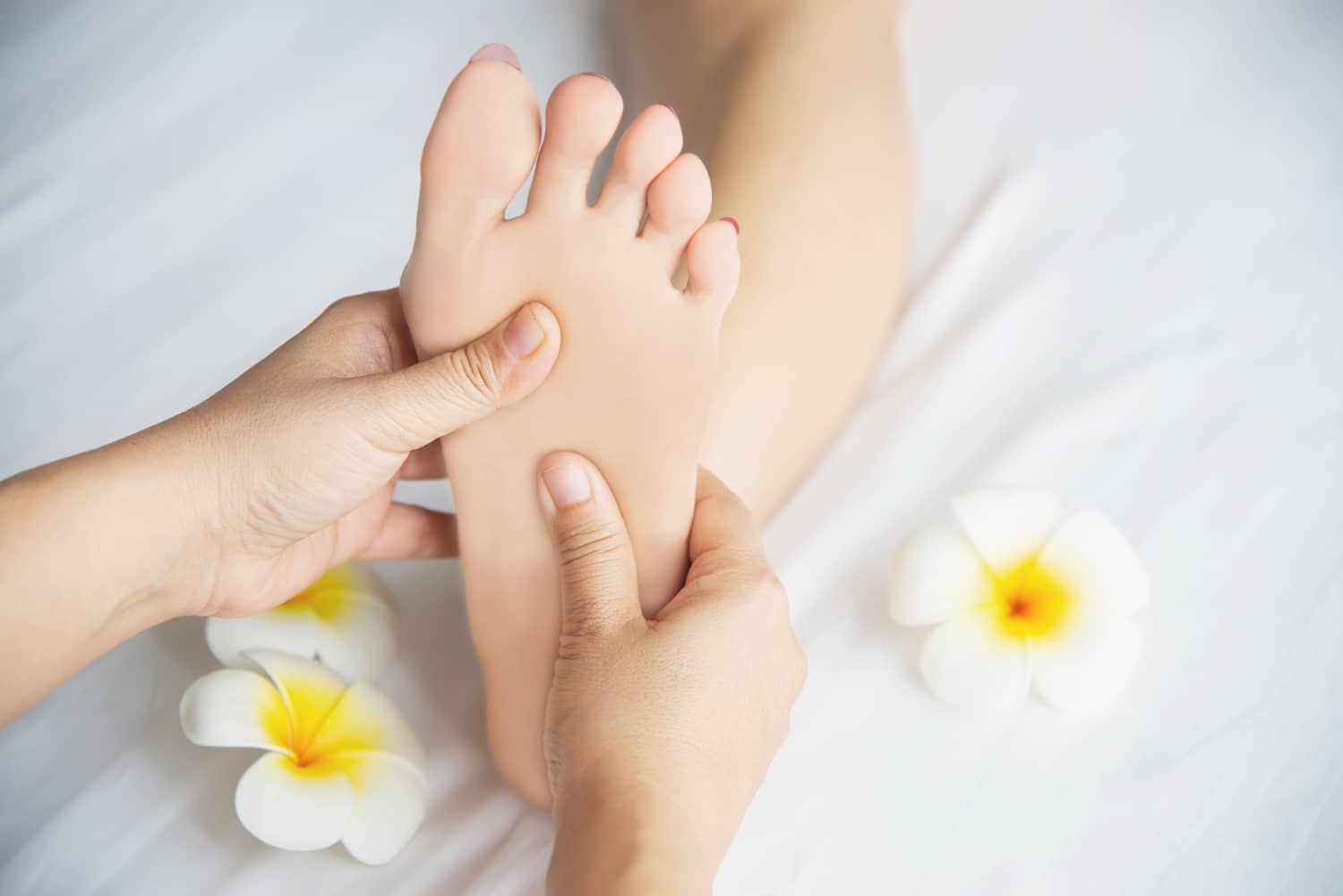
Reflexology isn’t just a soothing foot massage; it’s a targeted practice grounded in the belief that certain points on the feet, hands, and ears are connected to various organs and systems in the body. Each zone acts as a mini-map of your body, and by applying pressure to these points, reflexologists can potentially address physical and emotional imbalances.
If you’ve been searching for reflexology near me to explore its benefits, this guide will help you understand the fascinating world of reflexology zones and how they work. Whether you’re a reflexology novice or looking to deepen your understanding, let’s walk through the zones that hold the key to balance and healing.
The feet are the most commonly treated area in reflexology because they contain a rich concentration of nerve endings. Each foot represents a vertical half of the body, with zones corresponding to major organs, glands, and muscles.
Applying pressure to these zones is thought to improve energy flow and stimulate the corresponding areas of the body. Studies suggest reflexology may reduce pain and stress, making it an excellent complementary therapy.
Hand reflexology offers an alternative for those who may find foot reflexology uncomfortable or impractical. The hands are equally rich in nerve endings and provide a portable option for self-care.
Hand reflexology is highly accessible and can be done almost anywhere. It’s a great way to incorporate wellness into your daily routine, especially during work breaks or travel.
Ear reflexology, or auricular therapy, involves stimulating pressure points on the ears to influence other body parts. Although less known than foot or hand reflexology, it’s incredibly powerful due to the ear’s direct connection to the brain.
Ear reflexology is particularly effective for stress management and emotional well-being. The points on the ears are small but highly sensitive, making even light stimulation impactful.
Understanding reflexology zones helps you identify which body areas need attention, promoting better self-care.
Reflexology zones can be targeted to alleviate pain in specific parts of the body, such as the back, neck, or head.
Stimulating reflexology zones tied to the nervous system may help relax your body and mind, making it easier to achieve restful sleep.
Reflexology encourages relaxation by stimulating zones associated with stress management, such as those linked to the heart and brain.
By activating zones tied to the circulatory system, reflexology can improve blood flow, promoting faster recovery and better overall health.
Studies suggest reflexology can help manage symptoms of chronic conditions like fibromyalgia, migraines, and arthritis.
Activating zones connected to the adrenal glands and digestive system can help improve energy and vitality.
When searching for “reflexology near me,” choose a qualified practitioner who understands the intricate details of reflexology zones. A skilled reflexologist will tailor the session to your needs, ensuring the best possible results.
For those ready to explore reflexology, Wawa Massage Therapy is a trusted name. Experienced practitioners provide tailored treatments in a calm and professional setting. Whether you’re a first-timer or seeking regular therapy, their expertise can guide your wellness journey. Take the step today and discover how reflexology can enhance your life!